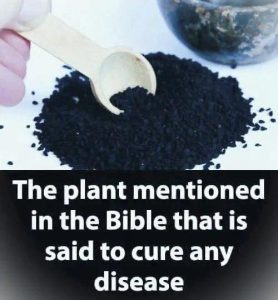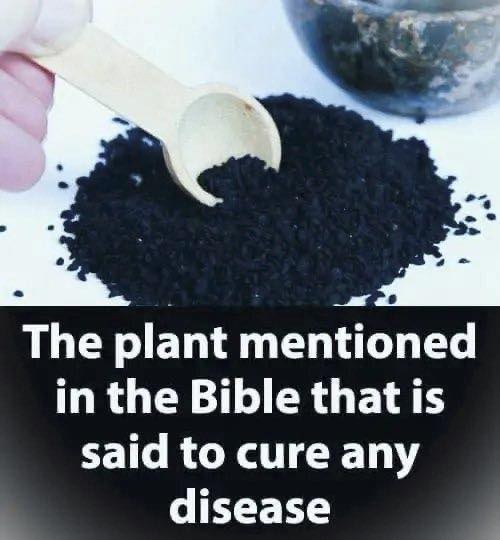People have always tried to heal their bodies and minds in natural ways. The Balm of Gilead is one of the most famous. This potent plant-based medication has a deep spiritual and healing meaning. In many cultures, especially the Bible, it represents healing. The Bible refers about the Balm of Gilead a lot, and it’s a common part of traditional treatment. People say it can heal in both a literal and figurative way. But what does the phrase “Balm of Gilead” mean? Is there a certain plant that this word from the Bible refers to? If so, how could its benefits be used today? To understand this, we need to learn about the Balm’s origins, how it was utilized in the past, and how it is still used now for healing and spiritual purposes.
There are a few important instances in the Bible where the Balm of Gilead is mentioned. It is often linked to healing and God’s mercy. “Is there no healing in Gilead?” questions Jeremiah 8:22 because he is sad about how much misery his people are in. Is there no doctor there? This sad song uses the Balm as a symbol of hope and healing, not just for physical wounds but also for the country’s spiritual and emotional problems. Jeremiah 46:11 adds that people also want the Balm of Gilead as a cure.

It does say, though, that God’s judgment can’t be changed by human therapy. This shows how important the Balm is and how it can’t do everything. Genesis 37:25 talks about Joseph’s brothers and a caravan that is bringing balm from Gilead. This text shows how valuable it was as a trading item at the time. These references show that the Balm of Gilead was very important in both the real world and the spiritual realm at that time. It was a sign of optimism and healing.
Scientists still can’t agree on what kind of plant the Balm of Gilead is, even though everyone knows about it. A Middle Eastern shrub called Commiphora gileadensis, which produces a fragrant resin similar to myrrh and frankincense, may hold the key. People have known for a long time that these two things were employed in ancient medicine, religious ceremonies, and to preserve bodies.
The balsam poplar tree (Populus balsamifera) is another possible source. Its buds make a sticky resin that is still used in traditional herbal medicine today because it helps with inflammation and infection. Some people believe that terebinth or mastic trees, which also grow there, are where the balm comes from. We don’t know what kind of plant the Balm of Gilead came from, but it was quite useful and had a lot of importance in the past.
In the past, people utilized the Balm of Gilead for many things. People used it as a topical ointment to treat skin problems like wounds, infections, and other skin concerns. It helped with pain and swelling in the joints, and it also functioned as an antiseptic to keep infections from occurring. People also noted that it helped with breathing problems because it was said to help with coughs and clear up blocked airways. The balm was very important for both religious and health reasons. People used it to anoint oils and burned it as incense in temples because they thought it cleaned things and smelled good. It was a key business item that made the Gilead region enormously wealthy. The balm did more than merely heal; it had many uses.
The Balm of Gilead is very important to both religion and culture. It signifies mending and restoring on all levels—physical, emotional, and spiritual—and it shows that God can heal wounds that go deeper than the body. Jeremiah’s lament in the Bible shows how hopeless and sad things are when there is no balm, and how hopeful and restored things are when there is. People often argue that Jesus is the real Balm of Gilead because he heals and saves people forever. The word also has a strong meaning in African American spirituals. It means having confidence that God will help you through hard times and trust that he will. This religious background has made the Balm of Gilead meaningful to people in all eras and locations.
Today, a lot of people still find trust and healing in the Balm of Gilead. Herbalists still employ salves produced from poplar buds and other plant resins to soothe skin issues and ease pain. They do this because the balm has been known for a long time to fight bacteria and inflammation. People employ the balm as a symbol of God’s grace and the prospect of healing in sermons, hymns, and their own work.
The Balm of Gilead stands for solace, salvation, and peace in music, literature, and poetry. You may even make your own Balm of Gilead salve at home with only a few basic materials. For example, you can soak poplar buds in carrier oils like olive or coconut oil and mix them with beeswax to make a soothing ointment. This homemade salve can be used on small cuts, scrapes, and irritated skin to keep the healing tradition alive that has been around for thousands of years.
The Balm of Gilead is still a strong symbol of healing, hope, and divine mercy that connects the ancient world with modern holistic practices. The Balm of Gilead teaches us that people have always craved healing and comfort, whether we look at its biblical roots, its medicinal properties, or its spiritual value. Its legacy still heals and inspires us, showing us that even the simplest things in nature may be the most essential.
